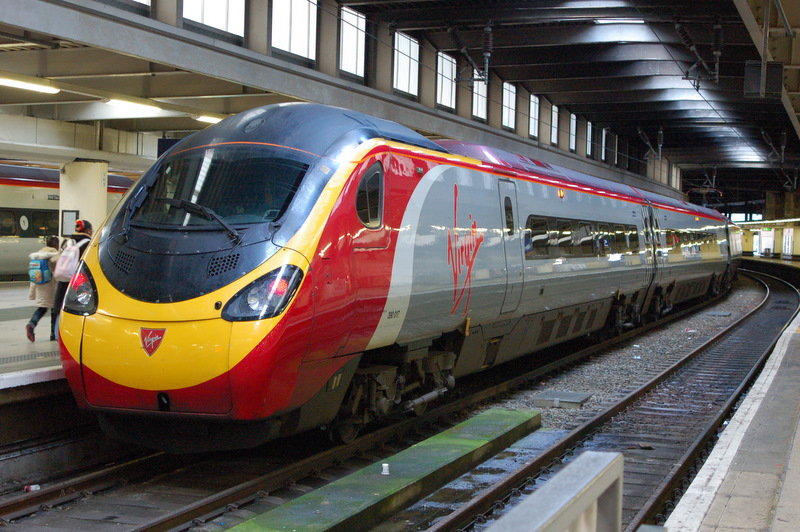Forgive us today for posting an article on what may, at first glance, seem like one of the most mundane topics anybody in history has ever written about.
The UK railway industry is set to say ‘au revoir’ to its signature yellow cab ends after new standards developed by industry body the RSSB came into effect on 5 March 2016. The new standards cover audibility and visibility, and have been introduced in part due to the fact that most new trains are now delivered with ‘European-style’ headlight technology, rendering the traditional yellow warning panels completely unnecessary.
The requirement to include yellow warning panels on UK rolling stock, a British Rail legacy, has long provided livery designers with a sizeable challenge – how to integrate the regulation yellow with a livery which suits the lines of the rolling stock whilst also satisfying the suffocating legal requirements. Some rolling stock operators historically rose magnificently to the challenge – others simply slapped on a yellow panel in the most haphazard and unimaginative method possible.
So, here’s our tribute to the end of a rather British era. Sit back and enjoy a small selection of some of the more tasteful applications of that infamous yellow…
Southeastern’s Javelins
Virgin’s 91s
South West Trains’ Desiros
More SWT electrics…
InterCity 125s
Northern’s 319s
Virgin’s Pendolinos
Network SouthEast’s Class 50s
East Midlands Trains’ HSTs
And finally, just for fun
That one time where somebody slapped on some yellow paint and said ‘that’ll do’…
Will you miss yellow ends in Britain? Have we forgotten any of the more tasteful applications? Let us know in the comments below, or drop us a tweet @transportdsn.














One Response
When I drive my car at night, I often slow down because I see white lights; which turn out to be yard lights on houses or pubs. White light is ambiguous; rail safety is too important to be ambiguous. I would prefer that we keep yellow ends. I also find them attractive, in a cheerful, blooming daffodil kind of way; and businesslike.